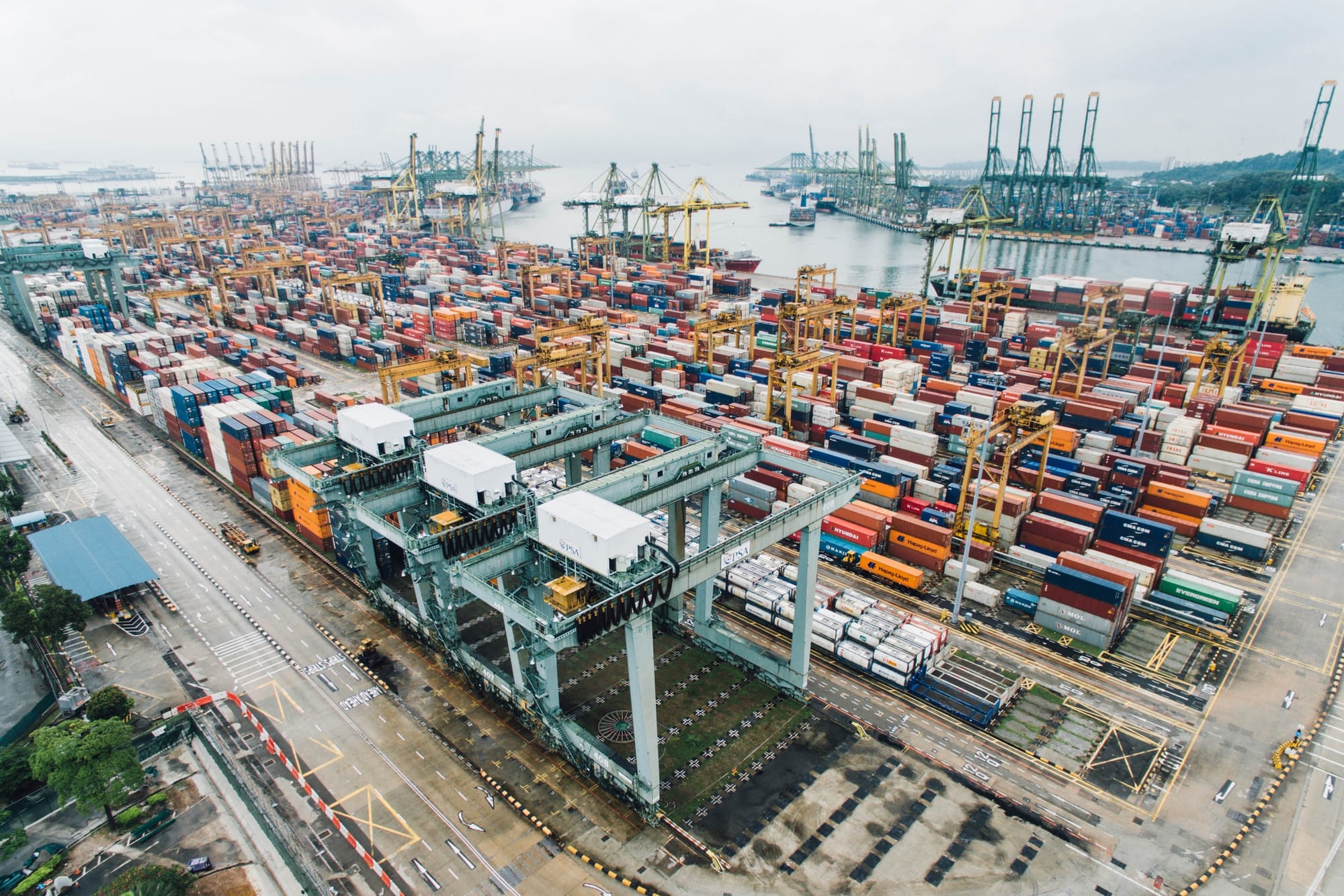From Ocean to Air: How Poor Cargo Management Amplifies CO2 Emissions

From Ocean to Air: How Poor Cargo Management Amplifies CO2 Emissions Shipping goods across the world has become an integral part of our globalized economy.
Every day, thousands of cargo ships traverse the vast oceans, carrying everything from consumer goods to raw materials. While the shipping industry plays a crucial role in connecting economies and enabling trade, it also has a significant impact on the environment, particularly in terms of carbon dioxide (CO2) emissions.
To put things into perspective, let me tell you a story about a small town located on the coast. The residents of this town were hardworking fishermen, making their living by catching fish from the abundant ocean waters. They had always relied on the sea for their livelihoods, and the ocean never failed to provide them with the resources they needed.
However, over the years, things began to change. The once-thriving fishing industry started to decline rapidly, with fewer and fewer fish being caught each year. The fishermen were perplexed and worried. What could be the cause of this sudden decline?
One day, a local scientist visited the town to investigate the problem. After conducting extensive research and speaking to the fishermen, he discovered that the decline in fish population was directly linked to the increased CO2 emissions from the cargo ships passing through the nearby shipping lanes.
This revelation shocked the entire town. They had never realized that their beloved ocean, which had always been a source of life and sustenance, was now being polluted by emissions from the very ships that facilitated global trade. The fishermen understood that if action was not taken soon, their way of life would be lost forever.
Shipping is a vital industry that accounts for approximately 90% of global trade. However, it is also a significant contributor to greenhouse gas emissions, primarily through the burning of fossil fuels.
In fact, it is estimated that shipping is responsible for around 2.5% of global CO2 emissions. Cargo ships typically use heavy fuel oil, a low-quality fuel with high sulfur content, which results in the release of substantial amounts of CO2 into the atmosphere.
Additionally, these ships emit other pollutants such as sulfur oxide (SOx) and nitrogen oxide (NOx), which further degrade air quality. This combination of factors makes the shipping industry a significant contributor to climate change and air pollution.
One of the main issues contributing to increased CO2 emissions in the shipping industry is poor cargo management. Many ships sail with less than a full load, resulting in wasted space and inefficiency. This means that more trips need to be made to transport the same amount of goods, leading to additional fuel consumption and emissions.
Furthermore, inadequate planning and coordination often result in ships taking longer routes than necessary, increasing fuel consumption and emissions even further. Contrary to popular belief, taking the shortest route is not always the most fuel-efficient option. Factors such as weather conditions, congested ports, or the availability of fueling stations can significantly impact the choice of route.
Another factor that contributes to poor cargo management and, subsequently, increased emissions is the lack of standardized container sizes. Containers come in various shapes and sizes, which can make it challenging to maximize the use of space onboard a ship. This leads to a higher number of empty or partially filled containers, resulting in wasted capacity and increased emissions per unit of cargo transported.
Addressing these challenges requires a combination of industry-wide efforts and government regulations. The shipping industry must adopt more sustainable practices, such as optimizing cargo loads, utilizing more fuel-efficient vessels, and investing in technologies that reduce emissions.
Governments can incentivize these actions by implementing stricter emission standards and providing financial support for green initiatives. Efforts are already underway to reduce CO2 emissions in the shipping industry.
The International Maritime Organization (IMO), a specialized agency of the United Nations, has set a target to reduce CO2 emissions from shipping by at least 50% by 2050 compared to 2008 levels. This ambitious goal will require significant changes in the way goods are transported across the world's oceans.
Innovations such as hybrid or electric-powered ships, the use of alternative fuels, and the implementation of advanced energy management systems can help reduce emissions in the shipping industry.
These technologies are already being developed and tested, and their widespread adoption could revolutionize the way goods are transported by sea.
Additionally, improving logistics and supply chain management can also contribute to reducing emissions. Better coordination between shipping companies, port authorities, and other stakeholders can result in more efficient routes, reduced waiting times, and improved overall performance.
This, in turn, can lead to less fuel consumption and lower emissions. Ultimately, the responsibility to reduce emissions in the shipping industry falls on all stakeholders involved – from shipping companies to consumers.
Consumers can contribute by making more sustainable choices, such as buying locally produced goods whenever possible or opting for products with a lower carbon footprint. In conclusion, poor cargo management in the shipping industry amplifies CO2 emissions and contributes to climate change and air pollution.
To address this issue, the industry must adopt more sustainable practices and invest in innovative technologies. Government regulations and consumer choices also play a vital role in driving positive change.
By working together, we can ensure that the ocean that connects us all remains a source of life and prosperity for generations to come.